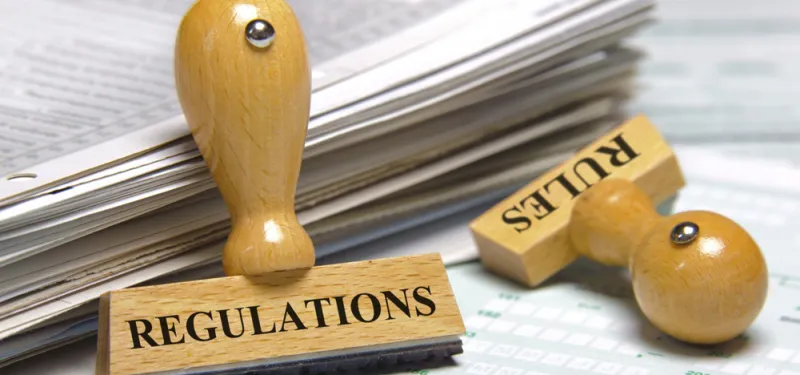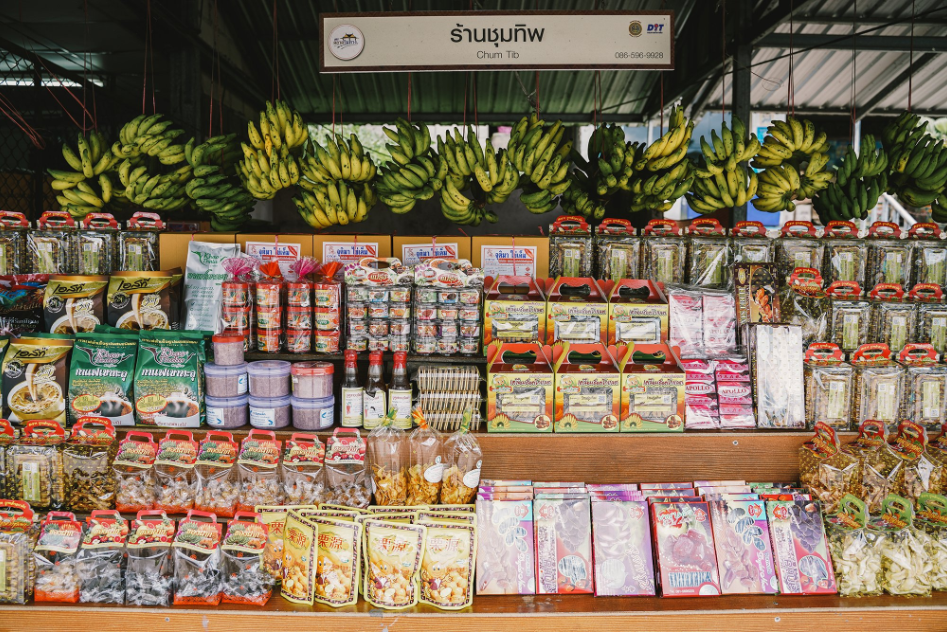
Your product may be high-quality and competitively priced, but if your labeling or packaging doesn’t meet international standards, customs can block it—or worse, reject it entirely.
Every country has its own regulations for how products should be labeled and packed, especially when it comes to food, cosmetics, health products, or electronics.
Here’s what local exporters need to know to keep products moving—and protect their brand overseas.
1. Why Labeling and Packaging Matter in Global Trade
Proper labeling and packaging serve several purposes:
- Ensures consumer safety and transparency
- Meets legal and regulatory requirements
- Helps with customs clearance
- Builds brand trust in international markets
One wrong word, missing symbol, or unclear ingredient list can cost you an entire shipment.
2. What Must Be on the Label?
Labeling rules vary by country and product category, but common requirements include:
- Product name and description
- Country of origin (e.g., “Made in Indonesia”)
- Ingredients or materials used
- Expiration date or manufacture date
- Weight or volume in metric units
- Usage instructions and warnings (if applicable)
- Barcode or tracking code
- Compliance symbols (e.g., CE mark in Europe)
Some countries also require labels to be in the local language.
3. Packaging Standards to Follow
International buyers often expect packaging that is:
- Durable for long-distance shipping
- Eco-friendly or recyclable (especially in EU markets)
- Tamper-evident or sealed for safety
- Sized appropriately to avoid extra customs or shipping fees
In some countries, using non-compliant materials (like certain plastics or dyes) can lead to your product being rejected or fined.
4. Industry-Specific Requirements
Different sectors have stricter rules:
- Food & beverage: Nutritional facts, allergen warnings, halal/kosher logos
- Health & beauty: Batch numbers, FDA-equivalent registrations, shelf life
- Electronics: Voltage info, recycling symbols, safety certifications
- Children’s products: Age warnings, choking hazard icons, testing lab info
Make sure to research requirements specific to your product in each destination country.
5. How to Stay Compliant
✅ Work with local distributors or consultants who understand the destination market
✅ Use bilingual or multi-language labels for wider reach
✅ Ask buyers for label templates or specs they expect
✅ Consider using international certification bodies to verify compliance
✅ Keep records of label versions and packaging specs for each market
Conclusion
Complying with labeling and packaging laws isn’t just a technical task—it’s a strategic part of your export success.
It shows that your local product is ready for the world—and helps you avoid unnecessary delays, penalties, or reputational damage.




















